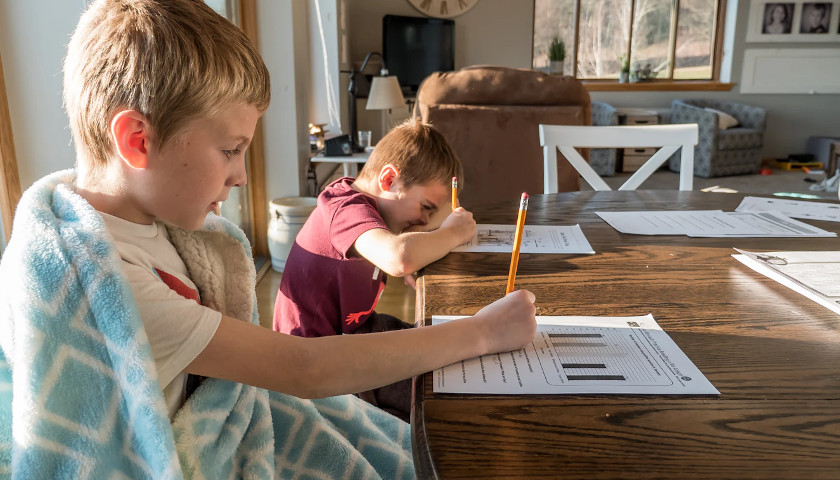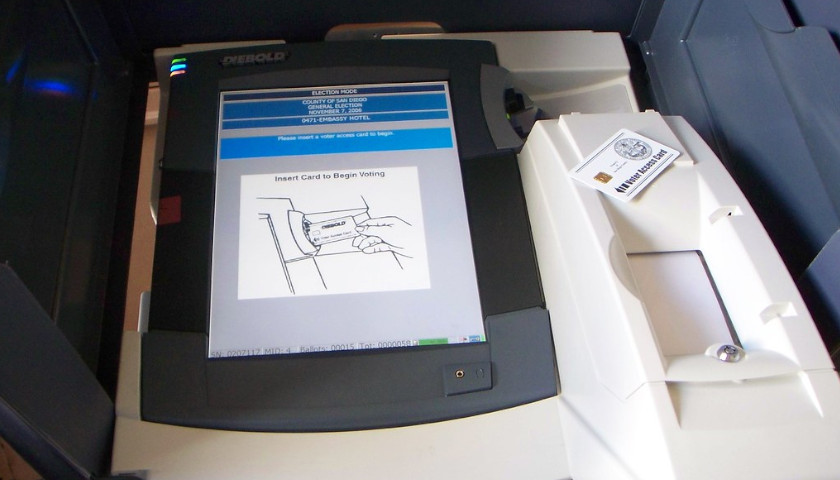by Bruce Walker
The percentage of Michigan parents seeking educational options by home schooling their school-age children during the pandemic more than doubled.
According to U.S. Census data, 5.3% of Michigan students were home-schooled during the first weeks of the pandemic. By October 2020, that number climbed 6 percentage points to 11.3%. The standard of error for the first number is 1.64, and 2.30 for the second number.
Similar results were reported for Georgia, Illinois, Louisiana, Minnesota, Nebraska, New Jersey, New Mexico, South Carolina and Wisconsin.
Additionally, the Census Bureau reported a significant increase of home schooling in the nation’s metropolitan areas. The metro Detroit-Warren-Dearborn region for example, witnessed a “significant difference” from 3.2% to 15.2%, an increase of 12 percentage points.
Nationwide, approximately 5.4% of U.S. families home-schooled their children prior to the pandemic, but that number more than doubled by 5.6 percentage points to 11.1% by the beginning of the 2020-2021 school year.
For comparative purposes, census data reports California and Delaware home schooling increased only slightly during the same period, by 0.1 and 0.2 percentage points, respectively. Conversely, home schooling in Alaska and Florida jumped precipitously. Alaska, for example, recognized a 17.9 percentage point increase (9.6% to 17.1%); and home schooling in Florida increased from to 5% to 18.1%, an increase of 13.1 percentage points. Massachusetts’ numbers increased from 1.5% to 12.1%.
According to Joy Pullman, senior editor of The Federalist, states experiencing a 10% or more increase in home schooling include Massachusetts (1.5%/12.1%), Mississippi (3%/14%), Montana (8%/18%), Nevada (2.5%/13.1%), Oklahoma (7.7%/20%), Vermont (4%/17%), and West Virginia (5.4%/16.6%). New York’s home schooling numbers increased from 1.2% to 10.1%, quadrupled in Kansas, tripled in Connecticut and North Dakota, and more than doubled in Georgia, Illinois, Louisiana, Minnesota, Nebraska, New Jersey, New Mexico, South Carolina, and Wisconsin.
U.S. Census Bureau researchers Casey Eggleston, a statistical mathematician, and Jason Fields, senior researcher for demographic programs, write their research delineates between home schooling and virtual learning through public and private schools, and note the rise in home schooling could be attributable to several reasons.
“Possible contributing factors include local home schooling variation that predated the pandemic, local rates of coronavirus infections, and local decisions about how school is being conducted during the pandemic,” they wrote.
The national numbers for home schooling among racial and ethnic groups also increased during the same time period. For the group identifying as “Hispanic of any race,” the number rose from 6.2% to 12.1%; Black home-schoolers rose from 3.3% to 16.1%; the number of Asian home-schoolers increased from 4.9% to 8.8%; non-Hispanic whites increased from 5.7% to 9.7%; and the group comprised of “other races” rose from 6.2% to 11.6%.
– – –
Bruce Walker is a regional editor at The Center Square. He previously worked as editor at the Mackinac Center for Public Policy’s MichiganScience magazine and The Heartland Institute’s InfoTech & Telecom News.








